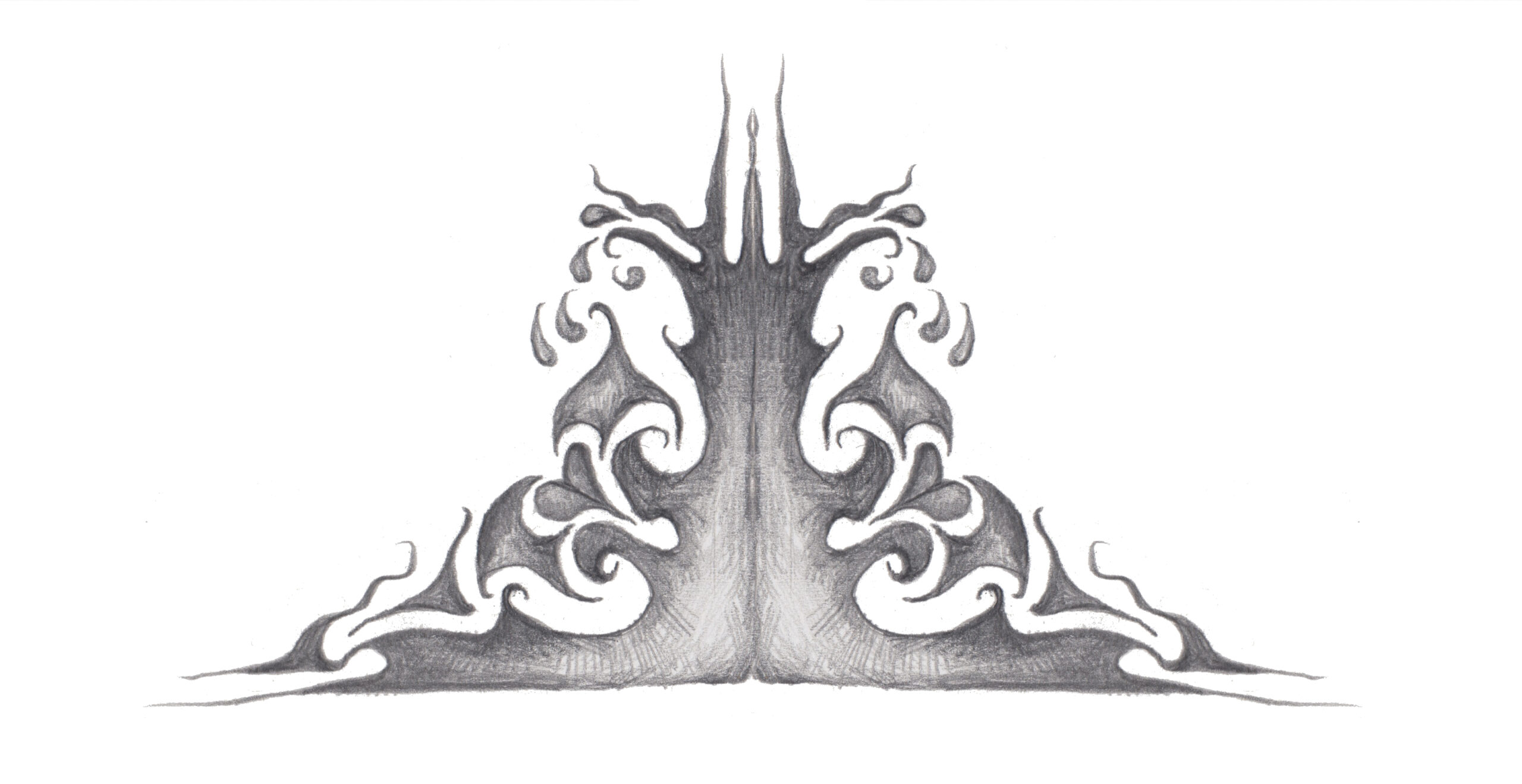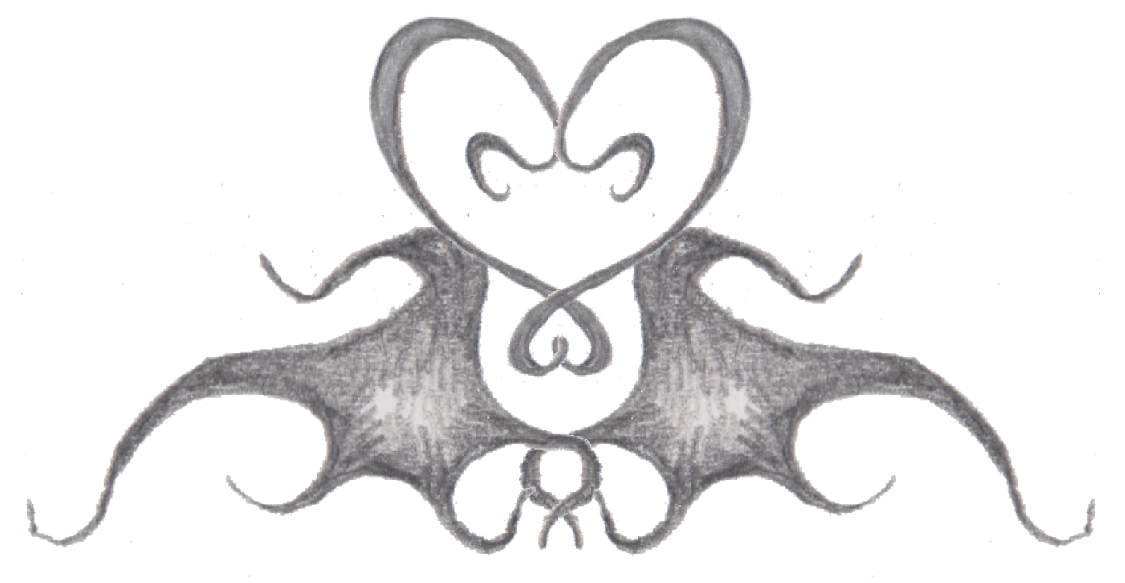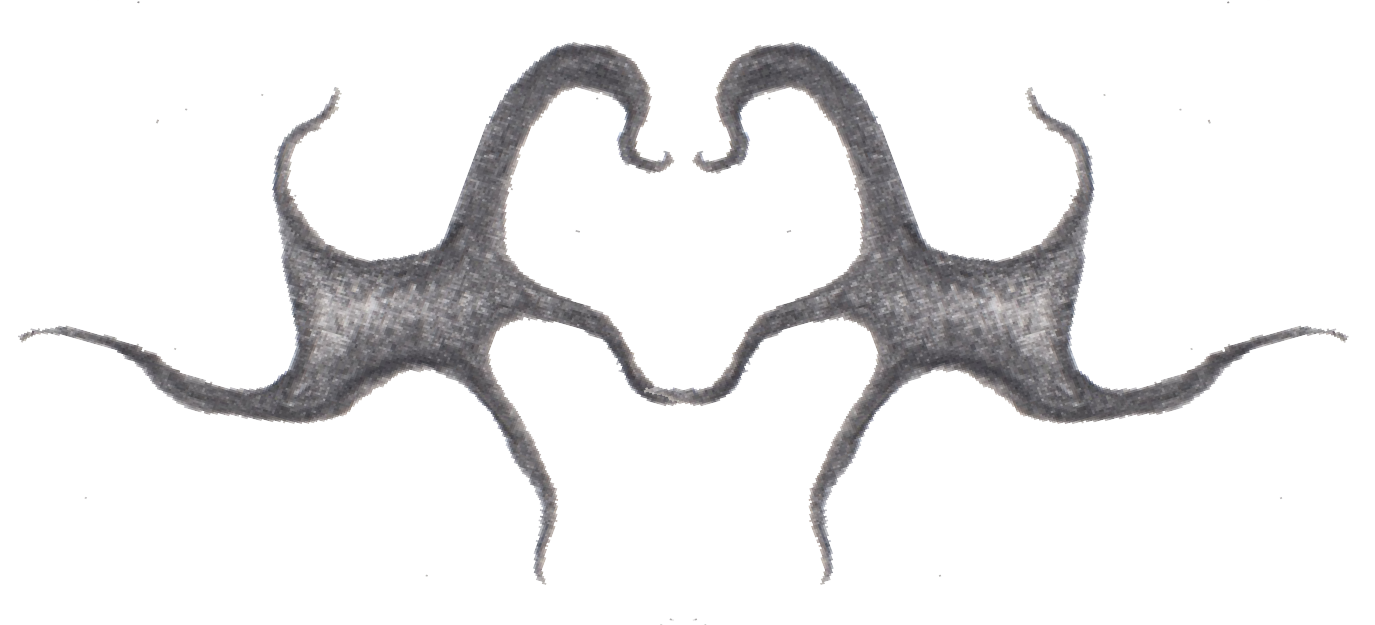I was invited to write on “the different images of beauty that emerge when discovering hidden histories and how these images bleed into and change our perspective on the present”. As part of this project, I was brought on a research trip to Tallinn, where I met artworks, artists, designers and researchers. The following notes, in the most spurious, tangential, threadbare, even subconscious way, contain the afterglow of some of these encounters and conversations and decorative turns.

I’ve written before – or tried to – about the sheer sensational force (and romance) of ‘recovery’, be it of artworks, personae, or even ways of feeling, of relating, of experientiality (including of art). I sometimes, against my better judgement, find myself thinking about a moment of the recovery process in terms of an exhumation, one that releases a kind of psychic charge – of course, exhumation is often bounded by a context so deeply, horrifically colonial that it is not a helpful word for the kind of recovery I’m thinking of – and then of course the term ‘recovery’ has serious limits – edges which begin to fray very quickly under scrutiny. The kind of recovery I’m thinking of is, more often than not, in direct contravention of that kind of history-making (disinterment, exhumation of tombs, looting, atrocity). Perhaps the easiest and most well-known recent example of the kind of recovery I mean would be Saidya Hartman’s Wayward Lives, which reupholsters the “extravagance, ornament and shine” of Black social existence, of “the utopian longings and the promise of a future world that resided in waywardness and the refusal to be governed.”
Fragment of a recovery play
Dramatis Personae
Heraldrine, a member of the Undinous Court, having been ‘a visitor’ there since before theye can remember
Undinous Ordinators
Assistant Ordinator
Act I Scene I: A soiree is being given by the Ordinators of the Undinous Court – one of several courts in the Anti-Palace. The party is being given in honour of the discovery of an antique.
In the centre of the Anti-Palace’s ante-saloon, on display, is a huge faintly green glass vessel – almost heart-shaped, with multitudinous tubes spiralling hither and thither – many are cracked, and all are broken high up with the effect of trailing off into the air or another dimension. Whatever they might have been connected to is now impossible to envisage. In the heart of the almost-heart is a threaded mass of threads – networks spun from cords and fibres of silver and aquamarine, rose and gold, which trail off into the various tubes, in places looking like compact fairy moss clogging the heart of a dryad or zephyr but in a very healthy sort of manner.
The Assistant Ordinator:
How delicious, it really is unspeakable.
The Ordinator I:
We exhumated the whole thing from the bowels of the earth ourselves.
The Assistant Ordinator:
Oh, you mean that hole in the ground in your back garden?
The Ordinator II:
Yes!
The Assistant Ordinator:
Where, pray tell, is Heraldrine, how disappointing that theye are going to miss the-
Enter Heraldrine
Heraldrine (looking at the glass vessel):
…
…
………….
Ordinator II:
Yes, we knew you’d like it.
Assistant Ordinator:
I think theye are going to faint if you ask me.
Often descriptions of uncovering, unearthing and object revelation will centre around the moment of ‘discovery’ or shortly after – a painting being dusted and 300 years of stored up Time and History and Unseen-ness and so on hitting the finder/viewer, or a photograph or a diary issuing a singular chronological heave, a flash of temporal dislocation exposing the now of then (or vice versa), but the actual experience is considerably more prolonged. Sure, there can be that big seismic thwack. But it really comes in waves or trickles slowly. The exertion of then on now. Of now on then on now.

That said, exhumation still comes to my mind because it recalls something of that psychic release – the sensational but also ‘something else-ness’ that happens on say really looking at a photograph that hasn’t been seen for decades – the sense of dredging up a magic that exerts itself on the present, of an object being seen.
As much as these terms come easily because they, at least descriptively, come close to a moment in the process of recovery and verbally sate the way it feels, they could very easily be misread, could figure what I’m describing as a kind of insipid spume – a little rhetorical fancy that in the end means nothing because, say finding a piece of art from several decades ago doesn’t actually do anything to the world… “What the hell is a ‘psychic charge?’” etc. But aside from being constitutionally dull – the flattening of a romantic turn – this reading would be (grievously) incorrect.
Second fragment—
presumed to be from Act I, Scene II. In which Heraldrine inquires into the nature of the Undines and remembers why theye came to the Undinous court in the days before time choked up entirely
Heraldrine, waking up in bed after theire fainting episode, recalls theire Compartment Life – in other words that in-between life, always, running like a green underground stream, was a life no less or more just simply in-between – a realisation which came to them upon looking at the mass of threads on the heart-like glass chamber … theire Compartment Life is Mottine, and upon knowing that she is Mottine, she dons Heraldrine’s favourite jewels, doublet, and so on, and takes herself to the Minor Undine Library – there she browses for several hours before finding what she knew would be there:
The Memoirs of Mottine Mottine Firrre-Mottine
Thursday, March 3rd
I am here. I unpacked my paints today and walked around. It is so cold in the studios. The fountain struck me, and I will have to tell you about it another time. I have to go to meet the other painters and hope they are as I have dreamt they will be.
Sunday, April 4th
It is a month on (sorry) and I literally weep at the naivety of my last entry. I have made no friends here. Everyone avoids me. Not just because they know what I am but because … I don’t know it is hard to express. It is more than that.
Monday, April 5th
I have decided to paint the fountain.
Tuesday, April 6th
A new painter has arrived and has been installed in the studio next to mine. He peeped his head in yesterday and I wanted to die because I thought he seemed so charming, and I knew we would never be friends.
Wednesday, May 6th
I have made friends with the boy in the next studio. Even in May the studios are so cold, and we spent the day hunting for portable heaters and found some in a basement which no one seems to know exists – perhaps 300 centuries of Things lie there – I mean some real discarded masterpieces and everything but most importantly heaters.
It is, by the way, a month again since my last entry. So my neighbour: One day – can’t remember when now – shortly after he popped his head in and I wanted to die – I saw him standing in front of the great fountain which is in itself a curiosity. For example, the fountain is of a Rebis (or similar), some ancient god of both sexes or neither, and it is completed in a dark blue stone and plashes away all day and people come and sit on it or throw things in it, occasionally, or sometimes push each other into it, or jump on the ice when it’s frozen reflecting the silver of everything – and yet no one ever comments upon it. It is so clearly a vestige of the Before Times or Between Times. Well, this was the first time I ever saw anyone really taking it in. So I resolved that, when he next popped his head in, if he ever did again, I would ask him about it and show him my painting.
Well, I waited and waited one day, and nothing, and nothing the next, and looked for him every time I was painting by the fountain. When he finally popped his head in a week on, I basically screamed so loudly he jumped back and his glasses literally fell off his face: “The fountain!”
And he picked up his glasses and I think, piecing things together, came to look at the painting.
He told me the story of the undines – who are visible everywhere in this city but only vestiges of vestiges.
Thursday, May 41st
He spoke to me about something called a recovery play. These were in fact a popular form around 300 years ago – about the point at which things kept getting dredged up and people became adept and Finding Things … the force he said of recovery was so intense people started making plays about them, to process; the force he said was all a matter of material history. That also the Context of these Things became available again and thus so did the form, the perfume of the era or something like this surfaced, so the plays were ways to rediscover the form but let the form operate on the world once more through these objects that had been suppressed or lost … He said during the period of the plays … of repressed histories being allowed to work on the world and this changing history and so on and so forth, Time literally changed. In texture but in other ways. How couldn’t it? He was he said, writing and staging a recovery play. Two actually, one about a recovery play he had found and the other – here I almost died again – about the fountain.
Fragment
Heraldrine in the night [unreadable] to the display room [unreadable] the arched windows show greenish sky.
There the glass object [unreadable] lit by a candle.
HERaldine [sic] takes a glass hammer and strikes.
Heraldrine, surrounded by broken glass touches the interior object and begins to speak. It is as if Heraldrine is reading the threads, finding subtle kinds in the changes of hue and incongruous patterns and weft and so on – rifts like a music score.
Heraldrine: For example [unreadable] truncated… erased, obscured, buried or simply lost… when in the world again, the form becomes available to us even if simply to talk about the work, to think about the object… experience it. But the … is operating on the world again … in a way that has not been permissible.
Here, for example, we learn what? That a herald of the city… came and was made privy to a great constitutional beauty presiding under the land.
That beneath the Undinous city great wefted [unreadable] for nothing and Melded thoroughly to the frothing and still and moving springs and the ore ore ore and black ore
In this book were patterns… ornaments… and illustrations of figures dancing… tapestries of figures dancing… older paintings on walls of peoples dancing in the carvings… in the chambers of the Undinous city to which I came. The undines, which appear in myth and not live here, were people from… who left their brothers and sisters to live with mortals – hence in the myth ‘takes the form of a beautiful man’

Hence in the myth ‘takes the form of the beautiful woman’
Hence in the myth ‘androgynous’
There’s a scene in a book I’ve never finished, in which the murals start moving over the walls… it’s… ornament… and indeed… early conceptions of ornament as flickering… light sand water to suggest some sort of motion or… the… pattern… grottos, cave walls and so on. And in the grottos – one in particular, was a pool and the grotto nymphs known as grottiness – really an ancient kind of undine swam there and passed in and out of the crystal walls and ate the pearls to remain as they were.